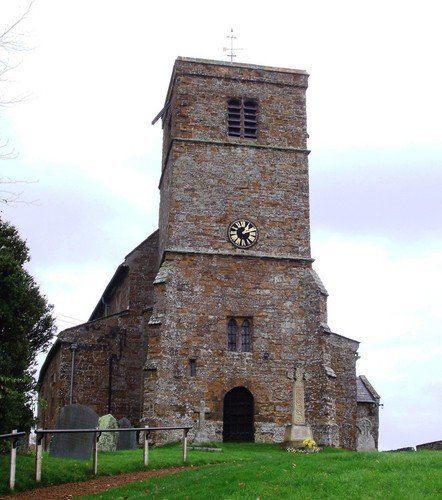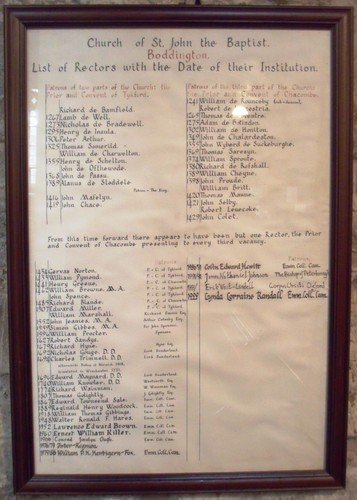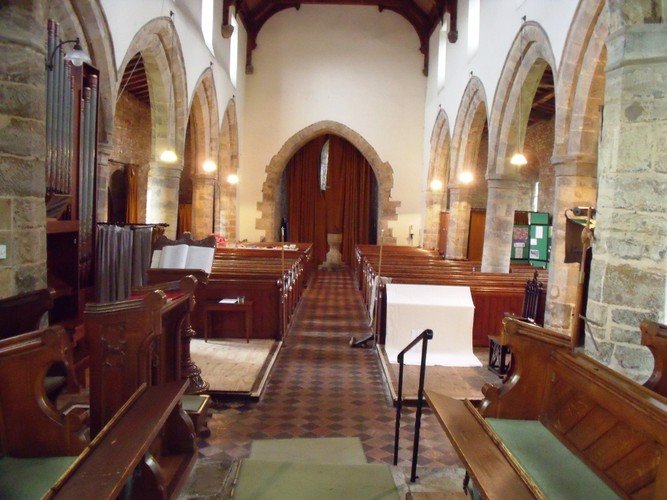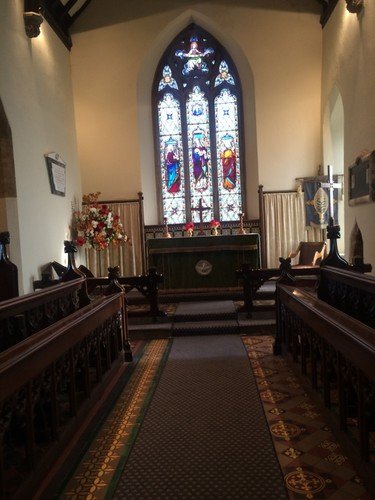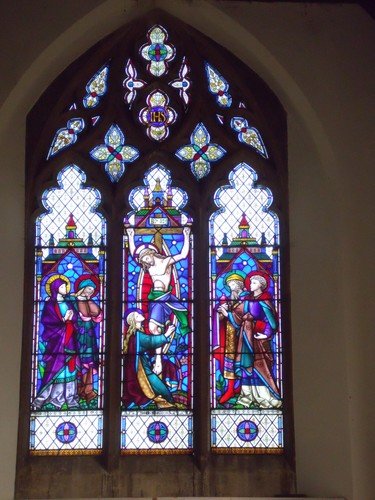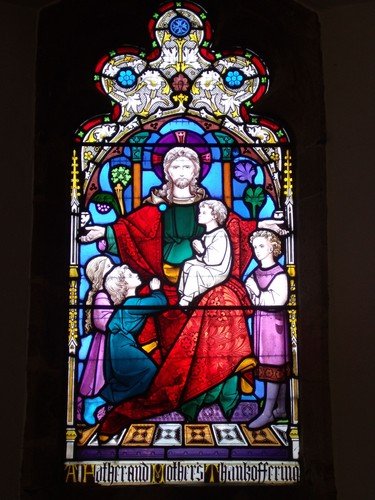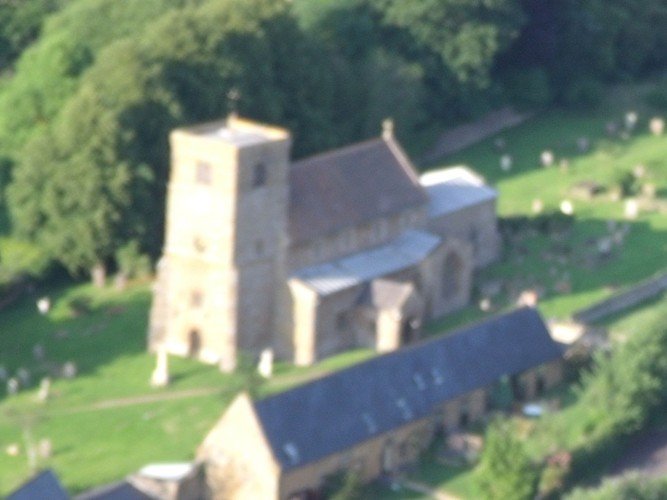St. John the Baptist Boddington
Dominating the parish of Boddington, the church of St John the Baptist can be seen for miles around. This simple, quiet church has been a focus of village life since the thirteenth century. It sits on top of a hill, flanked by the Manor House and the Old Rectory and its warm local stone blends into the rich farmland. We do not know when a church was first built in Boddington. The earliest indication that there was a church here is in the Domesday Book, where a priest is listed in one of the Boddington entries. Authorities on such things say that the present church contains parts built in the 13th, 14th and 17th centuries. The spelling of Boddington has changed over the centuries from Botendon in Domesday Book (1086) through Bottelendon (12th Century Survey of Northamptonshire), and Budinton in the Calendar of Close Rolls (1244) to Botyngdon (1358), Botyndoun (1396) and Botyngdon (1428).
The Church, built in Gothic style, is dedicated to St. John the Baptist. In a will dated 1503, William Wright of Boddington left money to the church of Blessed Mary the Virgin of Boddington. It is possible that this was a pre-reformation dedication of the present church or a separate chapel. The church is mainly 15th Century, but has examples of three styles of architecture - Early English (1180-1275), Decorated Gothic, (1275-1370) and Perpendicular Gothic (1370-1530+) - the tower being the last of these.
The church contains several interesting and ancient artifacts from its ancient history including tiles dating from the 14th century, an iron bound oak trunk, dating from 16th century which serves as the church safe and several examples of carved graffiti from the 17th century when the church was used as a prison dating the English Civil War.
Our regular pattern of worship features Morning Prayer (10.00am on the first Sunday of each month), Holy Communion (9.30am on second Sunday each month), and BCP Evening Prayer (6.00pm on the third Sunday each month).
Boddington is part of the Fiveways Benefice and fourth and fifth Sundays are a time when we come together to worship, visiting each church in turn.

